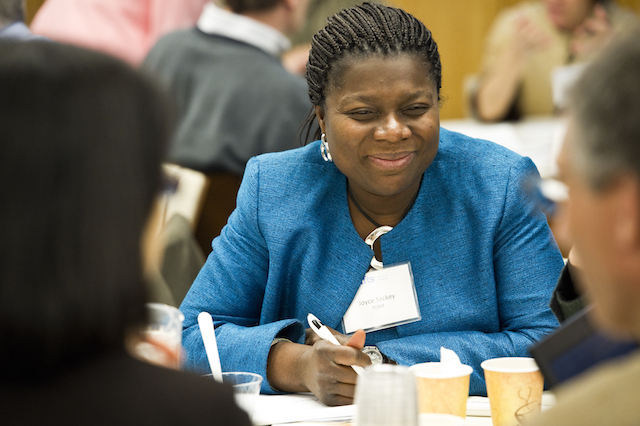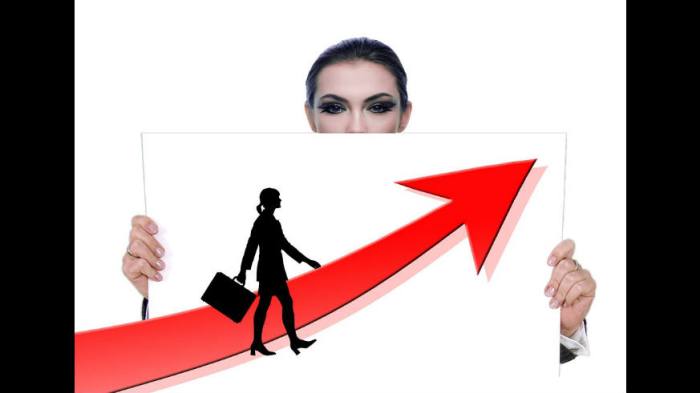When UMass Boston sophomore Rodney Bruno was growing up, visiting his primary care physician didn’t affirm his vision of becoming a doctor.
“I thought, I don’t see anybody here who looks like me,” says Bruno, 19, the son of Haitian immigrants and the first in his family to attend college.
RELATED: Other opportunities to healing
But in January, Bruno was one of 24 students who participated in a pipeline program between UMass Boston and the Tufts University School of Medicine, where he shadowed doctors, analyzed hypothetical cases, and discussed public health concerns and health-care inequalities. In one week, “we went from talking about HIV to talking about diabetes, and we focused a lot on health disparities,” says Bruno.
The TUSM/UMB Winter Enrichment Program was designed to introduce undergraduates to medical problem-solving and address the lack of minority students in the medical profession. Dr. Joyce Sackey, the Dean for Multicultural Affairs and Global Health at Tufts University, launched the program in 2014. Bringing an enriched number of minority students into the program, she says in an email, will increase much-needed diversity in clinical healthcare and biomedical science. RELATED: Why aren’t there more women in science and engineering? “Simply put, the more diverse the student body, the more diverse the faculty, the more likely it is that you will be able to attain institutional excellence that you gain from all the variation of thought,” says Sackey. Although blacks and African-Americans comprise 13 percent of the nation, they account for only 4 percent of the physician workforce, according to the Association of American Medical Colleges. A 2012 report found that in 2011, just 2.5 percent of medical school applicants were black men. Says Sackey, “There is something empowering about a student walking down Tufts’ corridors and seeing somebody who looks like them.”
Hands-On Experience
Bruno, who grew up in Boston’s Roxbury neighborhood, says it was a volunteer trip to Belize that made him want to become a primary care physician in his own community.
“I thought, with that same effort, I should be helping people here, in Roxbury, because we need it just as much,” he says.
For Sackey, this is precisely what the program is about.
“Many aspects of this program nourish me as a doctor, an African-American woman, and as an educator,” says Sackey. “There is something almost magical about the moment when a student realizes that being a doctor or a scientist is more than a notion, but an attainable goal.”
The best medicine

Wikimedia Commons


















